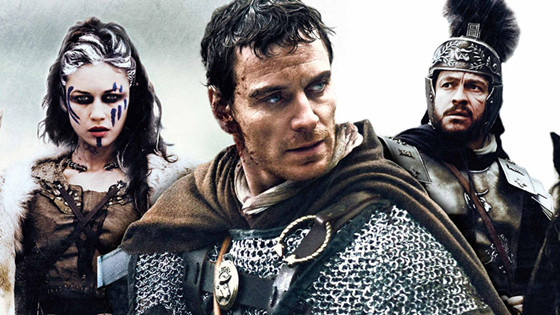
While historical movies can be most enjoyable, and a window onto another time, they are commonly inaccurate, which can spoil the fun. Some inaccuracies are designed to increase suspense or add exposition, in short, for dramatic reasons, and these are easy to forgive. In some cases movies may be both extremely realistic and contain many blatant errors at once. Others may include anachronisms that are far outside the time portrayed, especially regarding attitudes toward religion, philosophy, or just life in general.
Here are ten common historical mistakes that show up in so many movies that they could seem to be correct, in the sense of the Big Lie: repeated so often that one can’t help believe.
1. Romantic Outlaws – Example: Bonnie and Clyde (1967)
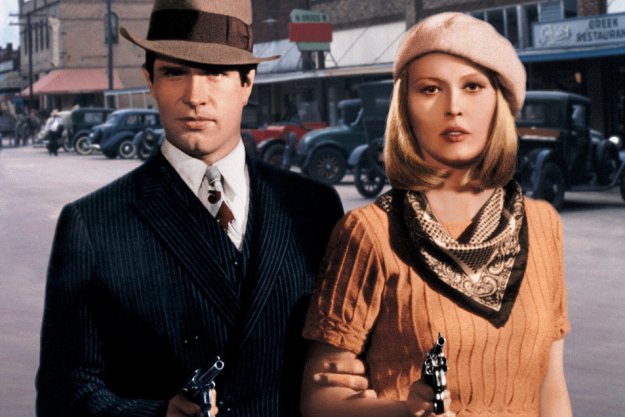
Hollywood loves to romanticize the outlaw, the odd, the weird, and the rebellious. There are so many examples that it’s small wonder that we learn that behind the scenes many of them are just as rotten as real outlaws and robbers. Harvey Weinstein leaps immediately to mind.
One movie that marked a turning point in how outlaws were depicted was Bonnie and Clyde in 1967. Appearing almost like Robin Hood (the original romantic outlaw), they robbed rich banks and used their guns only when cornered, and suffered a brutal death at the hands of mean police officers. In reality they were not only not romantic, they weren’t even likable. They murdered unarmed victims with callous indifference, robbed small mom-and-pop gas stations and grocery stores in poor and rural areas, and were quite trigger happy.
This is true of most outlaws; rarely does one find any historical outlaw that matches the romantic version. On some occasions outlaws are depicted as the mean, cruel people they almost always were, but for the most part we see more cool criminal characters than anything other kind in the movies.
No doubt people like Harvey Weinstein think of themselves as slashing outlaws rebelling against stultifying bourgeois mores, but when the light shines on them, they are really just rotten jerks who don’t think other human beings have any real importance. That is the truth we find in history, and it hasn’t changed, no matter how much movies preach differently.
2. Good Guys are Egalitarians – Example: Swashbuckler (1976)
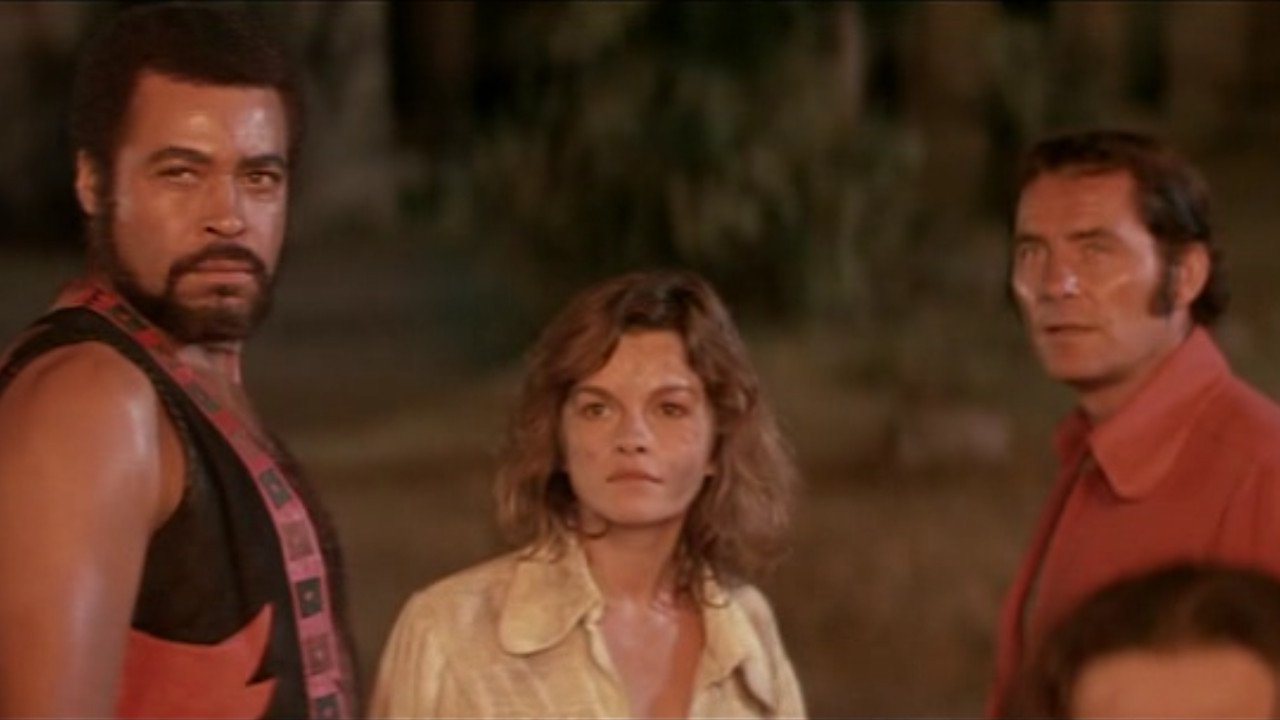
In a similar vein to romantic outlaws…and pirates…the good guys in movies are always seen as the egalitarians against the elitists. That means they are usually misunderstood outlaws, cynical because the elitists hold the heights, and only turn to crime because there is no other choice.
Probably the best pirate movie ever, Swashbuckler still deals in that same tired trope. The pirate Red Ned Lynch (played by Robert Shaw) steals from the rich, including some deserving rich, but really he’s just a champion of the people against the evil governor Lord Durant (played by Peter Boyle). His crew is really a sort of revolutionary vanguard, leading the people against the tyranny of a corrupt governor, and perfectly willing to ally with the nobility, especially Jane Barnet (played by Geneviève Bujold).
Pirates had some egalitarian and democratic practices, but they also kept slaves aboard their ships—usually skilled craftsmen kidnapped from captured ships and made to work for the pirates. They were more fond of raping commoner women than protecting them, and spent more time demanding ransoms for wealthy women than romancing them.
They also weren’t quite so easy about racial differences as depicted; the prefect egalitarianism that ignores class and race that we see in movies was anything but; there were black pirates, of course, but escaped slaves of African descent were more likely to be sold off than allowed to join the crew in most cases.
Even more rare would be a pirate like Nick Debrett, played by James Earl Jones, who is second-in-command after Lynch. Despite the pretensions of brotherhood among thieves, in reality few pirates would’ve accepted a black man in a position of authority. The brotherhood of thieves wasn’t always welcoming to every kind of brother. And as for sisters, well, Ann Bonny and Mary Reade had to dress up like men; women weren’t part of the brotherhood.
3. Barbarians are Savages – Example: The Searchers (1956)
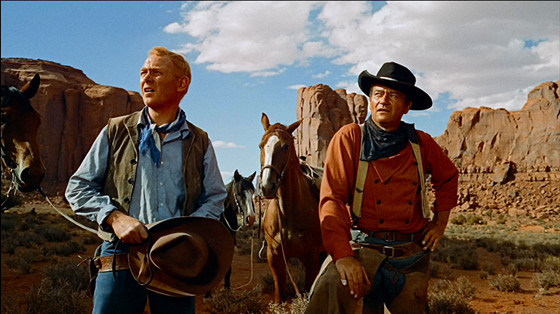
While most of the ‘barbarians’ in the movies are Native Americans, this common mistake goes for every kind of non-city-dwelling people that ever appear on film. Barbarians never really existed anywhere; even the most savage-seeming people usually have a much more sophisticated culture than first meets the eye. Native Americans have particularly gotten short shrift in Hollywood, either from being depicted as ‘childish savages’ or hapless innocents (we’re looking at you, Dances with Wolves).
One of the most successful John Wayne movies was The Searchers, where John Wayne plays Ethan Edwards, a Comanche-hating former Confederate soldier who chases after the Comanches who kidnapped his niece Debbie (played by Lana Wood as a little girl and Natalie Wood as a teenager). The Comanche (played mostly by Navajos) are treated as cruel savages, though due to the mores of the time most of the brutality takes place off screen.
When Ethan finds his other niece, Lucy (played by Pippa Scott), he simply returns and flings himself to the ground. When later Brad (played by Harry Carey Jr) thinks he sees Lucy among the war band they’re following, Ethan explains that it’s not her. Brad says, “Was she…did they…” and Ethan answers, “Whattya want me to do, draw you a picture? Don’t ever ask me. Long as you live, don’t ever ask me.”
His delivery of this line is enough to make the blood curdle, and is indicative of how the Comanche are treated as true savages in the film. No real attempt is made to understand their culture or their way of life; they are essentially cruel bandits.
This way of looking at uncivilized peoples is commonplace not only in movies but to all those who live in cities. The very word ‘barbarian’ derives from citified Greeks mocking the language of non-Greek nomads as ‘bar bar bar.’
Native American nations get the brunt of it in movies, but it goes for many others as well, really any people who don’t live in cities. Nomads are always resented or hated by those who live in cities, and the antagonism has gone both ways since the birth of civilization. The sophistication of nomadic cultures is drastically underrated continually, and Hollywood has made little progress in changing that old prejudice.
Even when they attempt to portray nomadic Native Americans (or other nomads) in a sympathetic light, it is simplistic and rather silly. The romantic notion of the noble savage living in harmony with nature is mere propaganda for those who hate their own cultures, because nature is not harmonious.
The balance of nature is achieved by disease and death, hunting and killing. Too many gazelle and they starve, too many lions and they starve. People like to dream about being in harmony with nature, but forget that a dead child in the belly of a wolf is more natural than a child playing with a kitten.
4. Tribal Magic is Real – Example: A Far Off Place (1993)
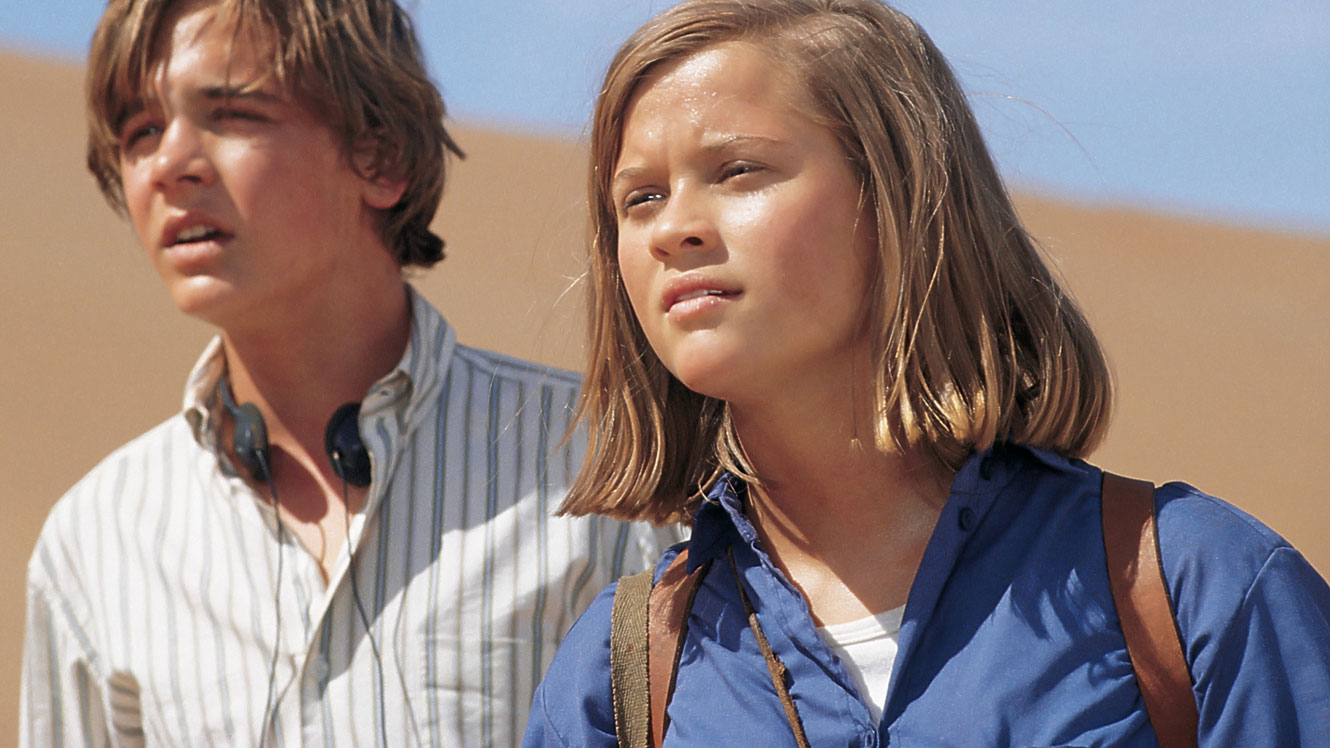
Magic is treated with contempt in non-fantasy movies, or more often as a deus ex machina to cover plot holes. Religious mysteries and miracles? Might as well forget it. Jews, Muslims and Christians don’t get any supernatural help in the movies, and for at least forty years, any miracle they believe in is passed off as a joke or a trick, from faith healing to parting the Red Sea.
Aboriginal peoples, however, get magic. For them it works all the time, whether they be Cheyenne or Navajo or Bushmen or Indigenous Australians. Anyone who isn’t civilized, in the sense of living in cities, gets to have magic that works, but apparently cities make magic stop working.
In A Far Off Place a Bushman named Xhabbo (played by Sarel Bok) first warns his friend Nonnie (played by Reese Witherspoon) of danger…a very big danger, as her entire family and their employees are all killed. Her reluctant guest, Harry (played by Ethan Embry), is also saved, more by happenstance than intention. This prophecy of danger is called a tapping, which refers to the practice of tapping the chest over the heart to invoke the magic.
A warning isn’t all they receive; later Xhabbo and Nonnie use a ‘tapping’ to call up a windstorm that saves them from the helicopter of the murderers. The big question is this: why does that magic work?
No explanation of this is ever given in any movie. Magic works for the people who believe in it, despite those who are skeptical…unless they come from the city, in which case believing doesn’t make it so. In most cases the magic in question is also rooted in the aboriginal religious beliefs, such as Mantis in A Far Off Place. Note that magic doesn’t even appear in the book, and for some reason Xhabbo’s wife simply doesn’t appear at all.
So why is it that non-civilized beliefs are vindicated by magic that amounts to miracles, but civilized beliefs are just treated as mere falsehood? However it’s not ALL civilized people who don’t get magic in the movies; Hindustan and the Far East also get magic, and they’ve had cities far longer than northern Europe. It’s only European peoples who don’t get to have magic.
We may note that in history magic didn’t actually work for any indigenous people. It didn’t help any of them resist those with superior technology, even when the invaders had inferior social structures. The Boxer Rebellion ended in failure. And, we could mention, the witches who loudly proclaimed their curses upon Trump have yet to remove him from office.
5. Romantic White Supremacists – Example: Pulp Fiction (1993)
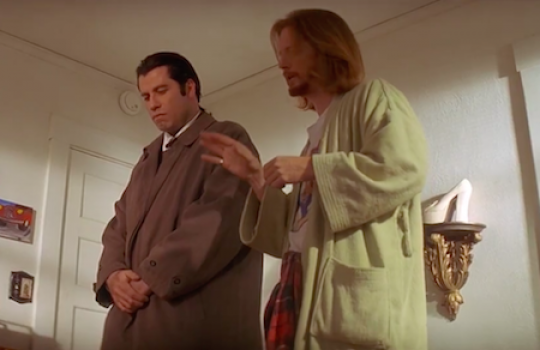
Hollywood has changed to some degree, but one thing that has not changed is the prevalence of White Supremacy in movies.
Early movies often romanticized the South, and Confederates were depicted as good guys who took a wrong turn. However the racism common to the War Between the States is alive and well, and still being used to this day, though not in quite the same way.
In Pulp Fiction, the white supremacy angle is hidden, but still there. The best example is when Lance (played by Eric Stoltz) is trying to sell heroin to Vincent (played by John Travolta). He says: “Am I a n****r? Are we in Inglewood? No… You’re in my home. White people who know the difference between good sh*t and bad sh*t, this is the house they come to.”
The character played by Quentin Tarantino, the writer/director himself, uses the ‘n-word’ casually, to Jules, a black man (of course played by Samuel L Jackson) as if it were in no way offensive. This treatment of white supremacy and racism as if it were the most natural thing in the world is troublesome at best, but Hollywood has a long history of it. The endless jokes about ‘I’ve seen this movie, this is where the black guy gets killed,’ are cliches for a reason.
Some claim that white people are all racist and white supremacist at heart, but then it’s probably because they’re talking about themselves. Some of us were never taught racism or white supremacy, and neither is natural; they both come from ‘science;’ once upon a time anyone who didn’t believe in the hierarchy of the races would be damned as a religious nut or a rube.
Now that racism is no longer quite so popular, at least officially, such ideas have to be hidden under false pieties. So we have popular directors who use the smokescreen of a homage to blaxploitation movies hiding racist ideas in funny lines that make white supremacy seem cool.